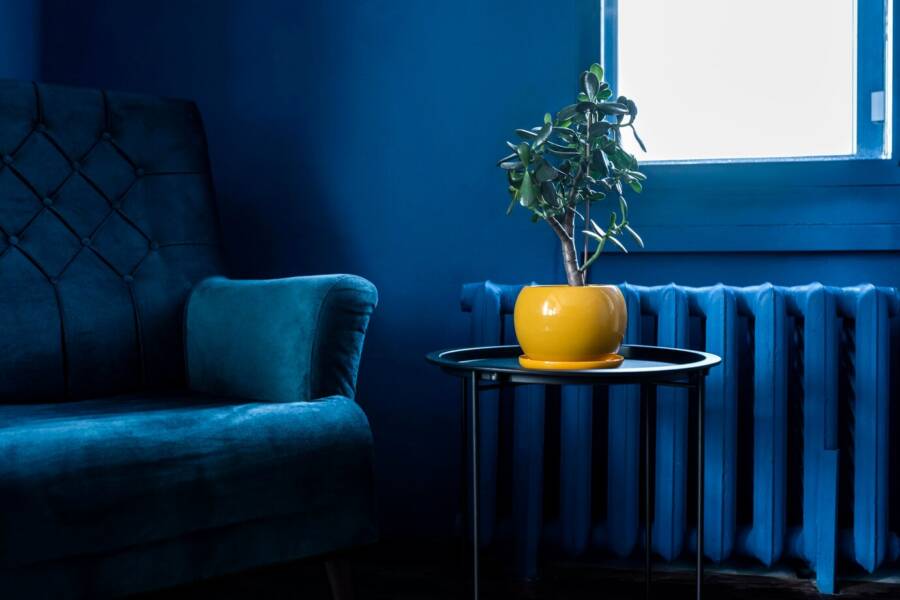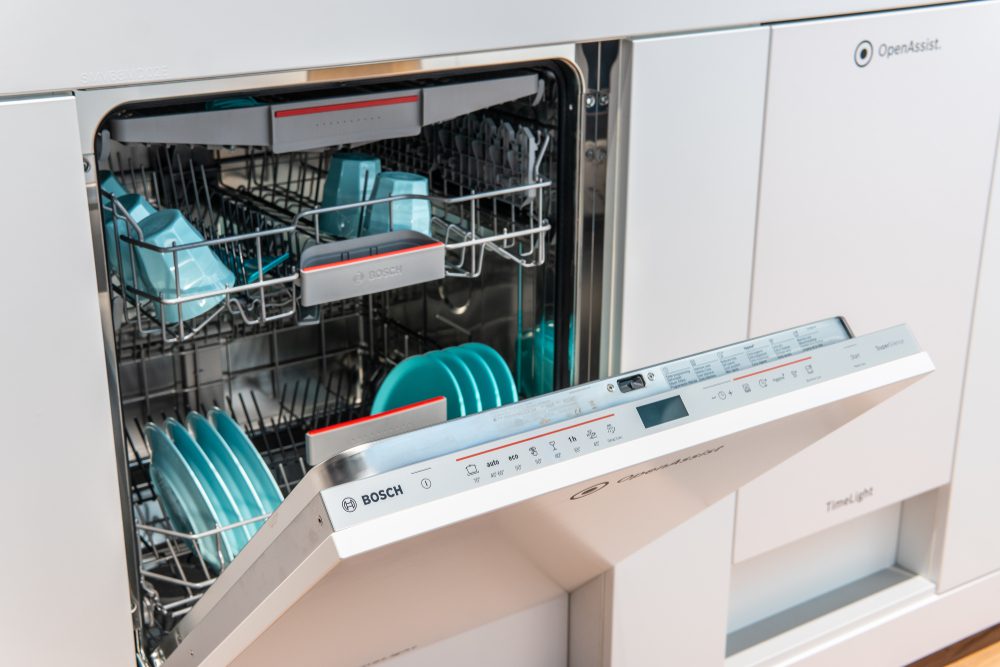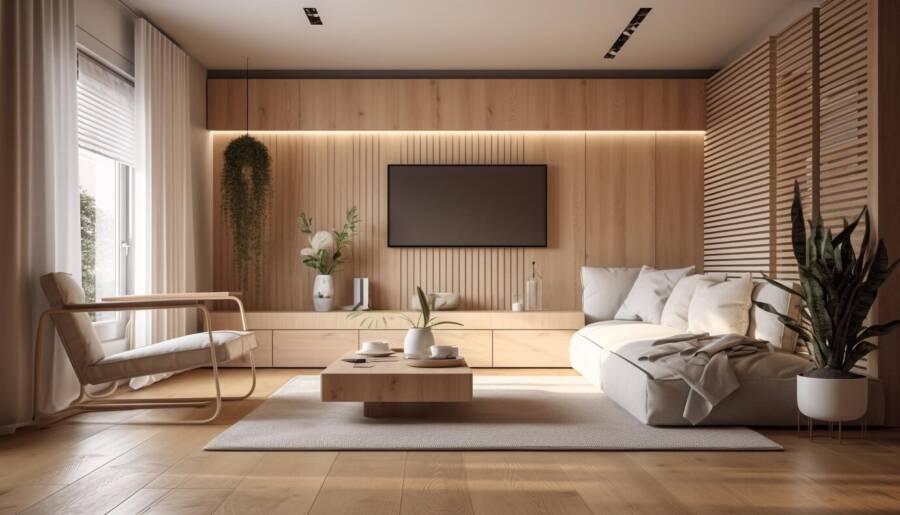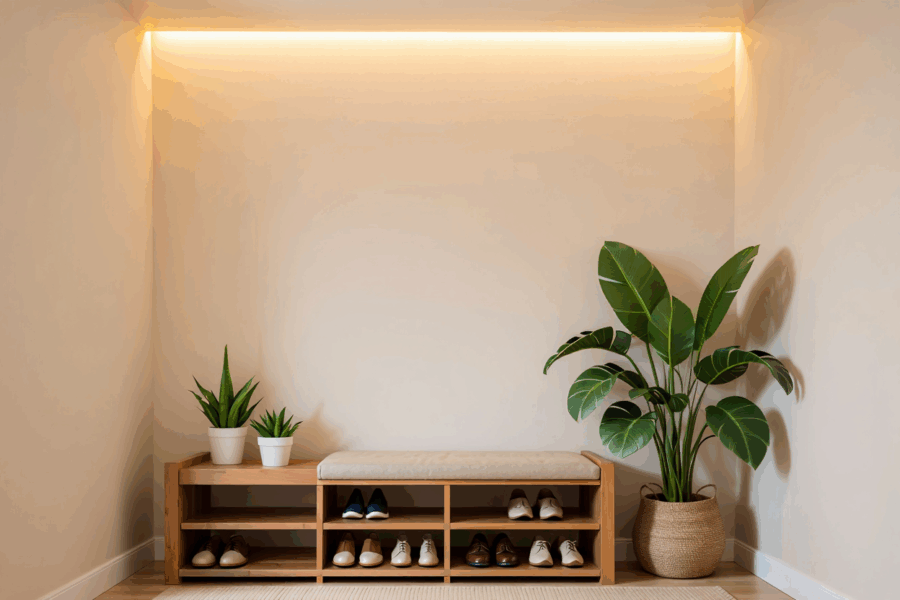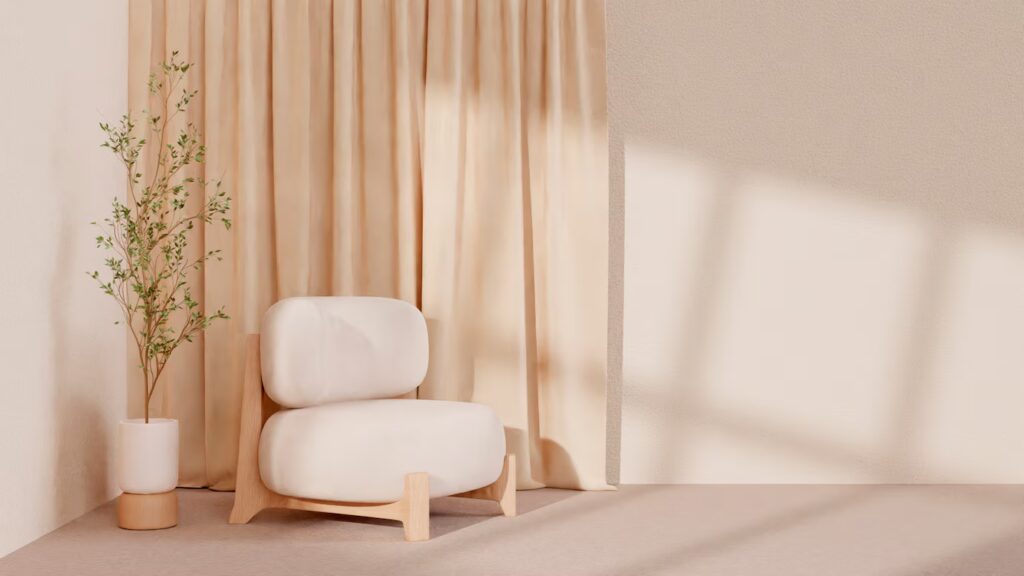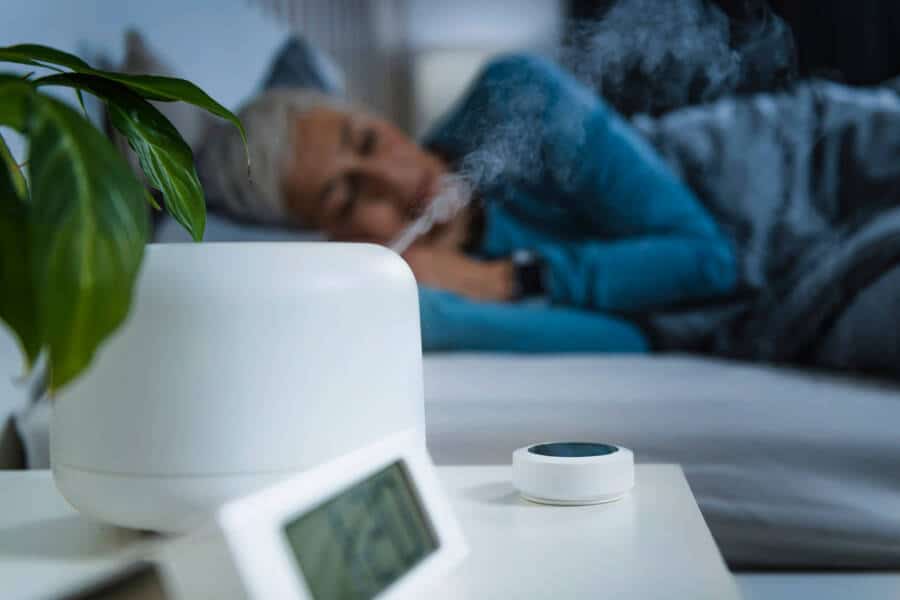Is It Possible to Avoid Allergies Without Having to Say Goodbye to Your Plants and Beautiful Garden? Let’s find out together!
Are you tired of uncontrollably sneezing? What if you could enjoy indoor plants and gardening without dealing with allergies? If you regularly spend the spring pollen season sniffling into your sleeve, having a runny nose and itchy, watery eyes, the idea of plants that can help you feel better should sound amazing. We have the best plant option if you are an allergic person and also an aspiring indoor gardener.
Remember that plants can filter certain compounds out of the air but can’t do magic. So, in case you are very allergic to dust, no amount of allergy-friendly plants in the world could change that or help you in a certain way.
Most of the time, the number one allergy trigger is the pollen and the second one is probably the fragrance, not the flowers themselves. In this case, the first thing you should do is search for plants that are not rich in pollen and don’t have a strong fragrance.
More than 50 million people in the United States suffer have allergies, making it 6th most common chronic illness in the country. The good news is that a study from the Asthma and Allergy Foundation of America found that 83% of allergy sufferers felt better when surrounded by specific plants. So, let’s see which these are.
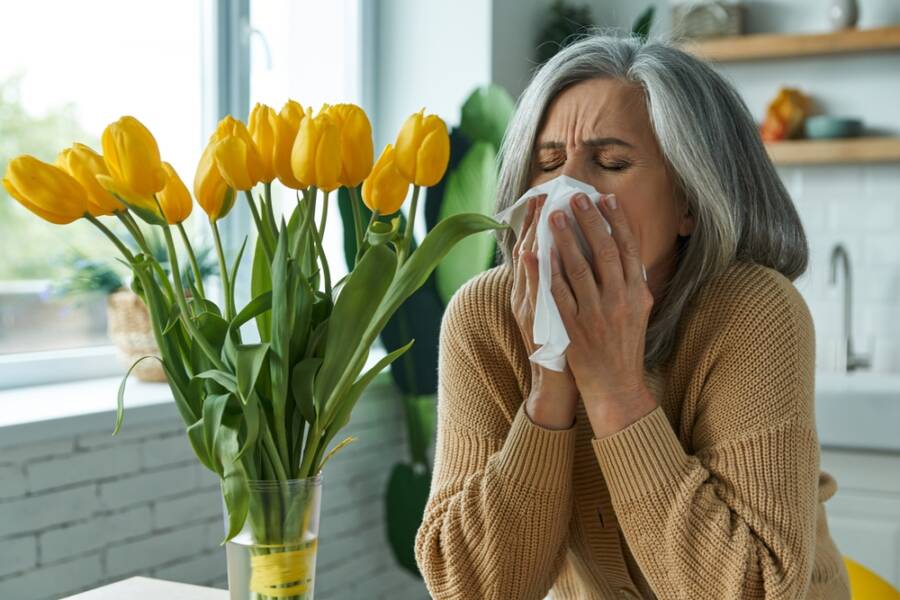
Here are 9 Plants That Won’t Trigger Allergies and Are Also Easy to Care:
1. Bamboo Palm (Chamaedoera seifritzii)
Have you got tall ceilings? If the answer is yes, then Bamboo Palm it’s the best choice for you, since it can grow up to 10 feet tall. As long as you avoid putting it in full sun, the Bamboo Palm will probably be fine. So, besides the fact that it’s an easy-to-take-care-of plant, it’s also allergy-friendly and will not trigger your symptoms.
2. Chinese Evergreen (Aglaonema modestum)
Are you new to gardening? Chinese Evergreen is very easy to maintain and can thrive in almost any indoor condition. Keep in mind that these plants don’t like the wind, since it causes the leaves to brown, and prefer a temperature between 70 and 72 degrees Fahrenheit.
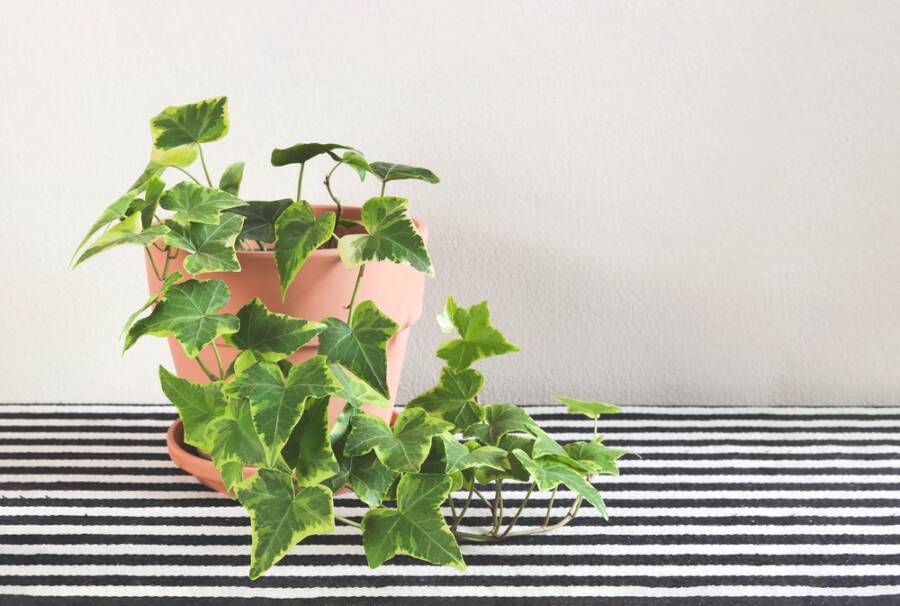
3. English Ivy (Hedera helix)
English Ivy likes medium to bright light and a medium amount of water. Even if you are used to seeing around a countryside trellis, it can also be great for inside your home. It’s important to know that this plant can help remove mold pores and volatile organic compounds.
4. Pot mum (Chrysanthemum morifolium)
Pot mum is a slightly more colorful option than the other ones found on this list. So, if you are searching for a touch of color this is definitely the best choice. But if you are allergic to pollen, you should be careful! Unfortunately, these plants can trigger severe allergies. In case you are not allergic to pollen, trust us, and purchase this beautiful plant immediately. You won’t regret it!
5. Gerbera Daisy (Gerbera jamesonii)
If you want a little color to brighten up your windowsill, then this is what you are searching for. According to NASA, Gerbera Daisy is really powerful when it comes to trichloroethylene removal. Keep in mind that this plant’s pollen might trigger some symptoms, considering how much pollen it generates, but it’s still a better option compared to others.
6. Mother-in-law-s Tongue (Sansevieria laurentii)
Sansevieria laurentii is known as the snake plant, due to its pointy-tripped leaves. BHT considers it one of the best houseplants. Its vertical leaves and colors make a good aesthetic interior addiction. All you need to do is to make sure you don’t overwater it. Other than that, you don’t need to stress for anything else. What could you wish more from a house plant? Allergy-friendly and low maintenance? It sounds perfect.
7. Peace Lily (Spathiphyllum “Mauna Loa”)
The best thing about this plant is that it can absorb mold spores and keep them from growing. The best place to keep this plant is, by far, the bathroom. Moisture and humidity are higher there, compared to any other place from a house, which is why Peace Lily will not only significantly improve your bathroom’s aesthetic but will also help you keep the humidity levels normal.
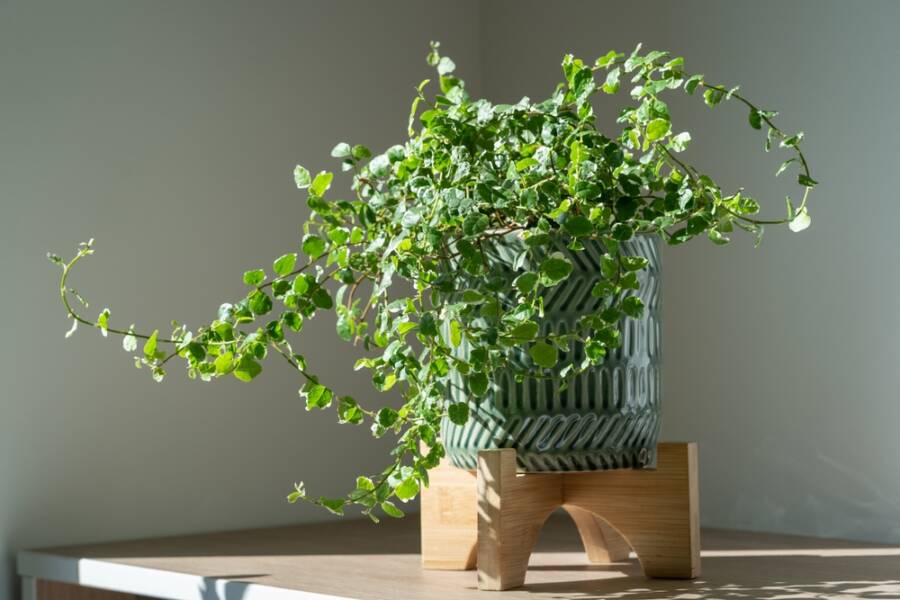
8. Ficus (Ficus benjamina)
Ficus can be less than 6 inches to higher than 20 feet, so it would be amazing if you had high ceilings. The Ficus is known for weeping figs, with slender branches coming out from its central trunk in a delicate downward arch. Keep in mind that this plant doesn’t like to be moved and prefers indirect light. How will you be able to notice if anything is wrong? Haha, don’t worry, you will immediately observe if the plant is upset since it will dramatically drop its leaves.
9. Dracaena family
Did you know that, 4 members of the Dracaena family, were recently tested by NASA? They found out that Warneckei, Janet Craig, Marginata, and Mass cane/ Corn cane can pull allergens out of the air and store them in their leaves. Isn’t that cool?
Here are other ways to remove allergens inside your house:
Keep in mind that plants, even though they may seem magical, can’t make allergens like mold, pet dander, dust mites, and cockroaches completely disappear. So, here are some important recommendations from The Asthma & Allergy Foundation of America you should take into consideration:
- Stay Clean: It’s very important to keep your house as clean as possible. The dust is one of the biggest enemies for those with allergies and by removing it from your house, you can also significantly reduce your symptoms.
- Ventilate: Make sure you keep your windows open, especially in the morning and evening. Natural light needs to come in and disinfect your home. A clean area is also much needed in order to maintain a fresh and clean atmosphere.
- Lower humidity: If you regulate humidity levels to less than 50% will make your environment less hospitable from uninvited guests, such as mold or dust mites.
- Prevent Pet Dander: If you are a pet owner, we are sorry, but you should keep your furry friend away from your bedroom if you want to get rid of symptoms. You should also regularly clean your pet’s bed and toys.
- Control Roaches: It sounds very gross but you should never let roaches walk on your dishes! If you think your kitchen might be infested, you should immediately look for a professional company and use boric acid or poison to get rid of them.
- Lessen Fabric Levels: Thick carpets and fluffy furniture should be strictly avoided if you are dealing with allergies, especially when they can’t be washed regularly.
Are you new to gardening and don’t know where to start? We would like to recommend one of the best gardening sets with much-needed tools that are easy to use. It can be found on Amazon and its reviews are amazing, you should definitely check it out. The set includes 11 mini garden tools such as 1 curved tip tweezer, 1 pair of scissors, 1 succulent watering bottle with a curved mouth, and 1 gardening potting mat. How does it sound? If you suddenly feel like gardening, we totally understand you.
If you purchase it, come back in the comment section and let us know what you think about it. Was it worth it?
Are you interested in learning more about this topic? You should also read: 8 Surprising Houseplants That Can Trigger Allergies in Seniors.

